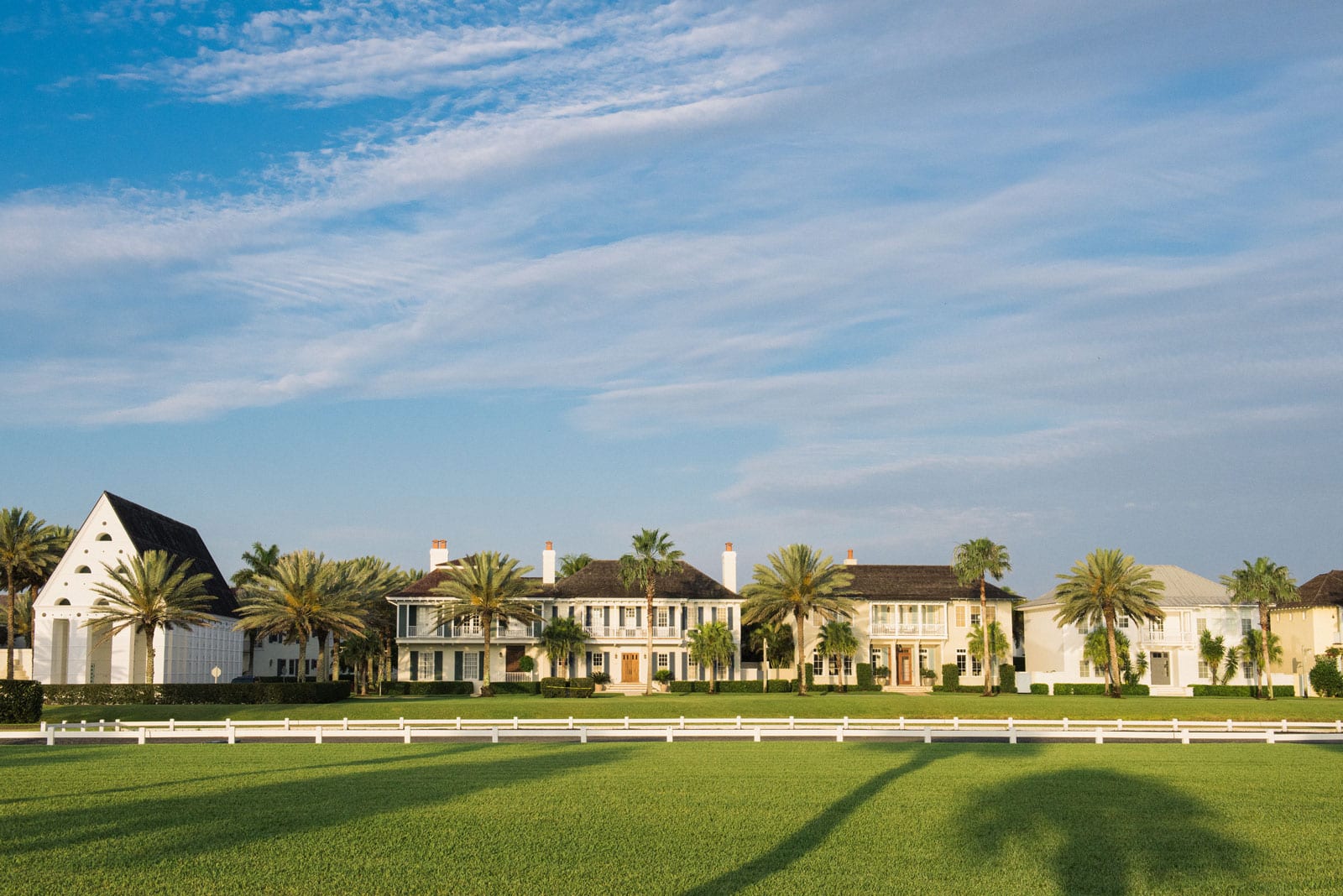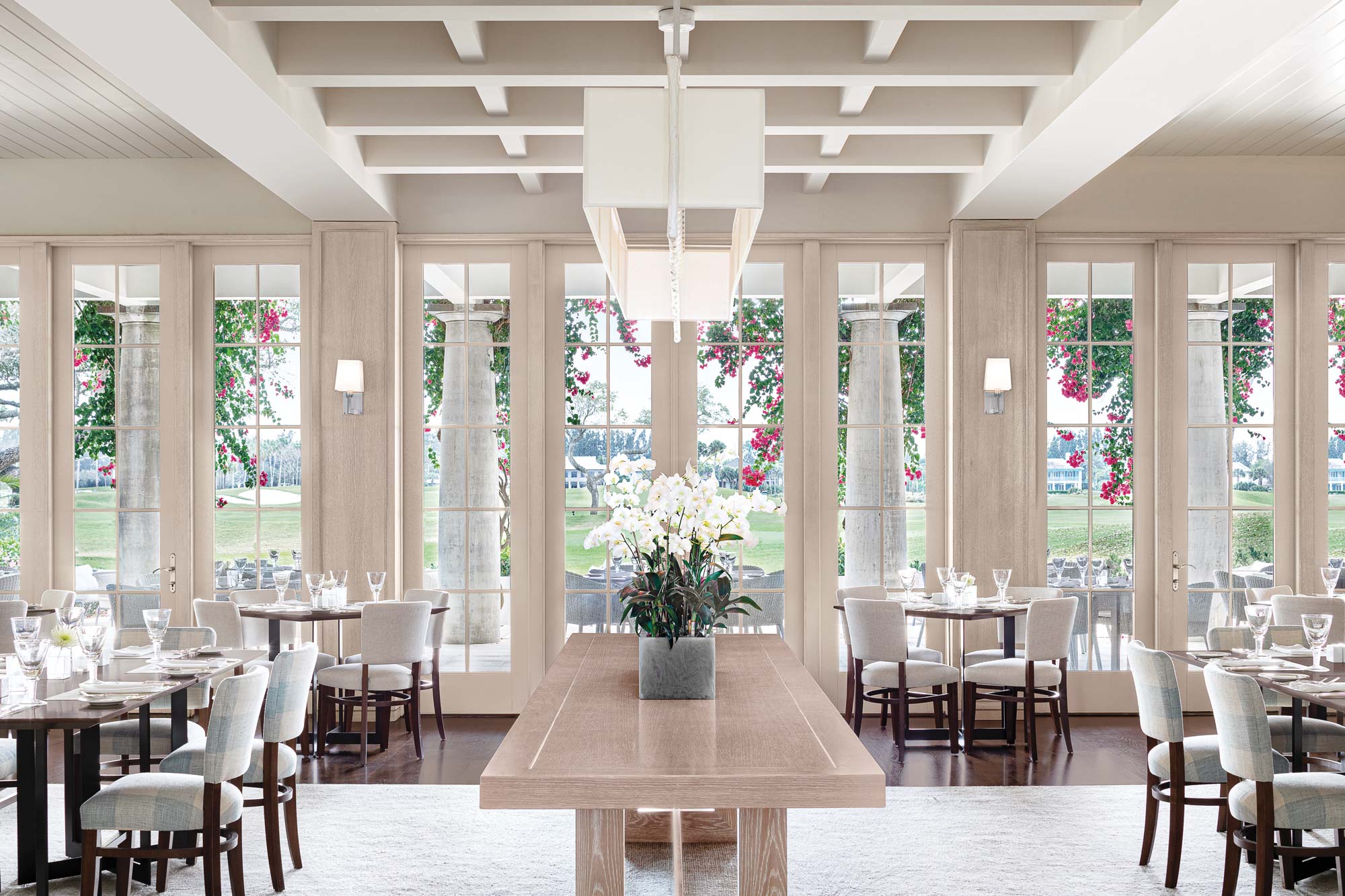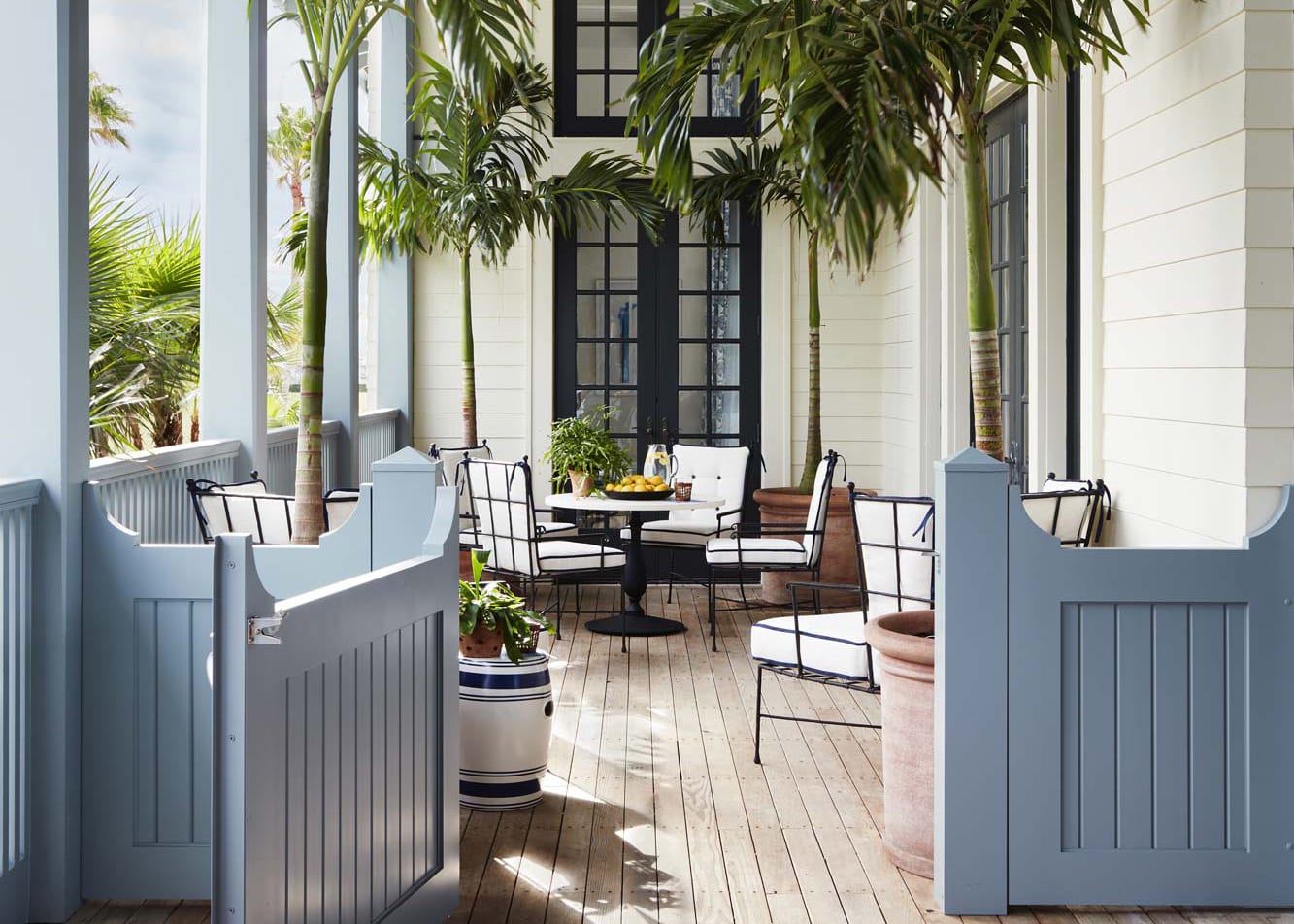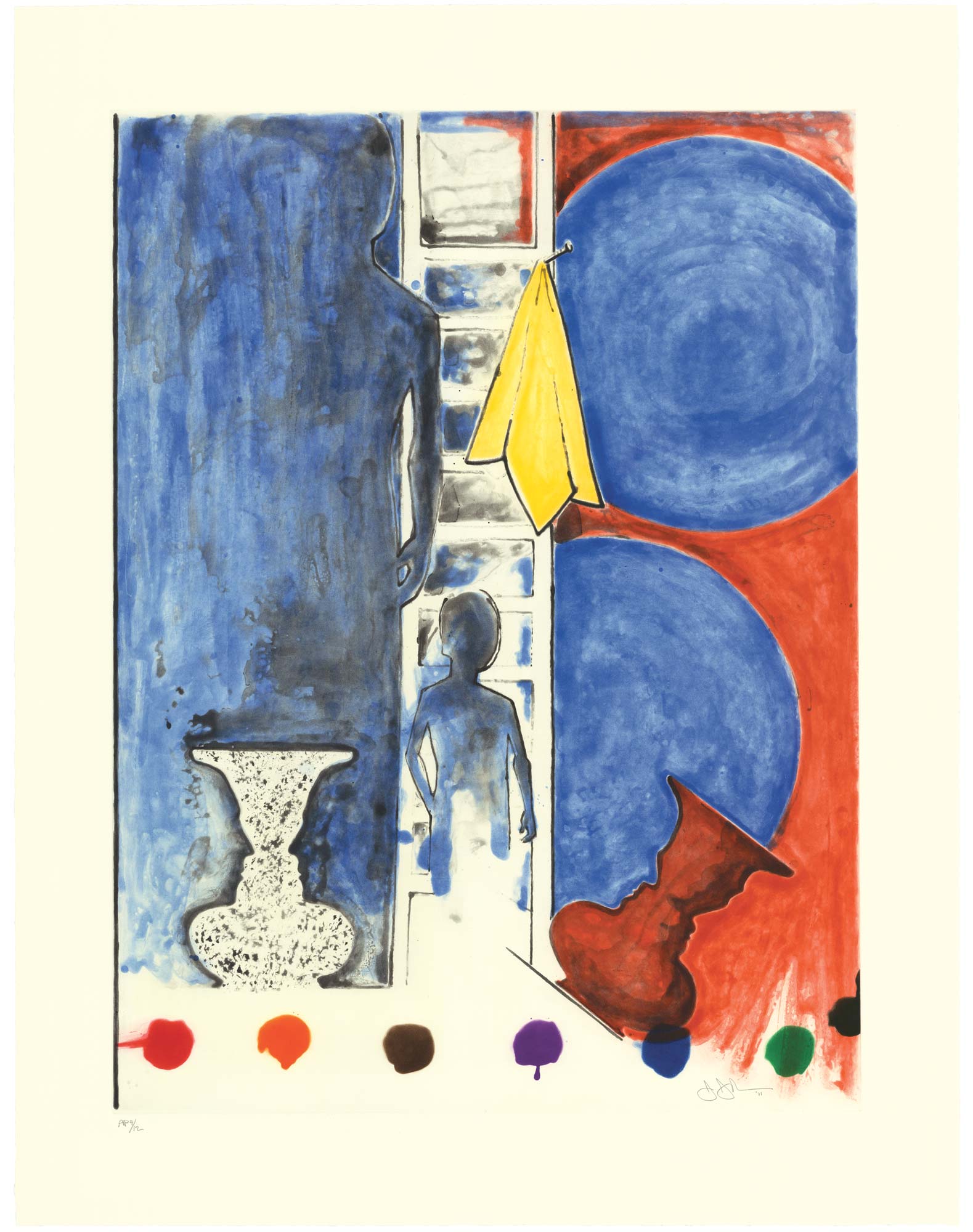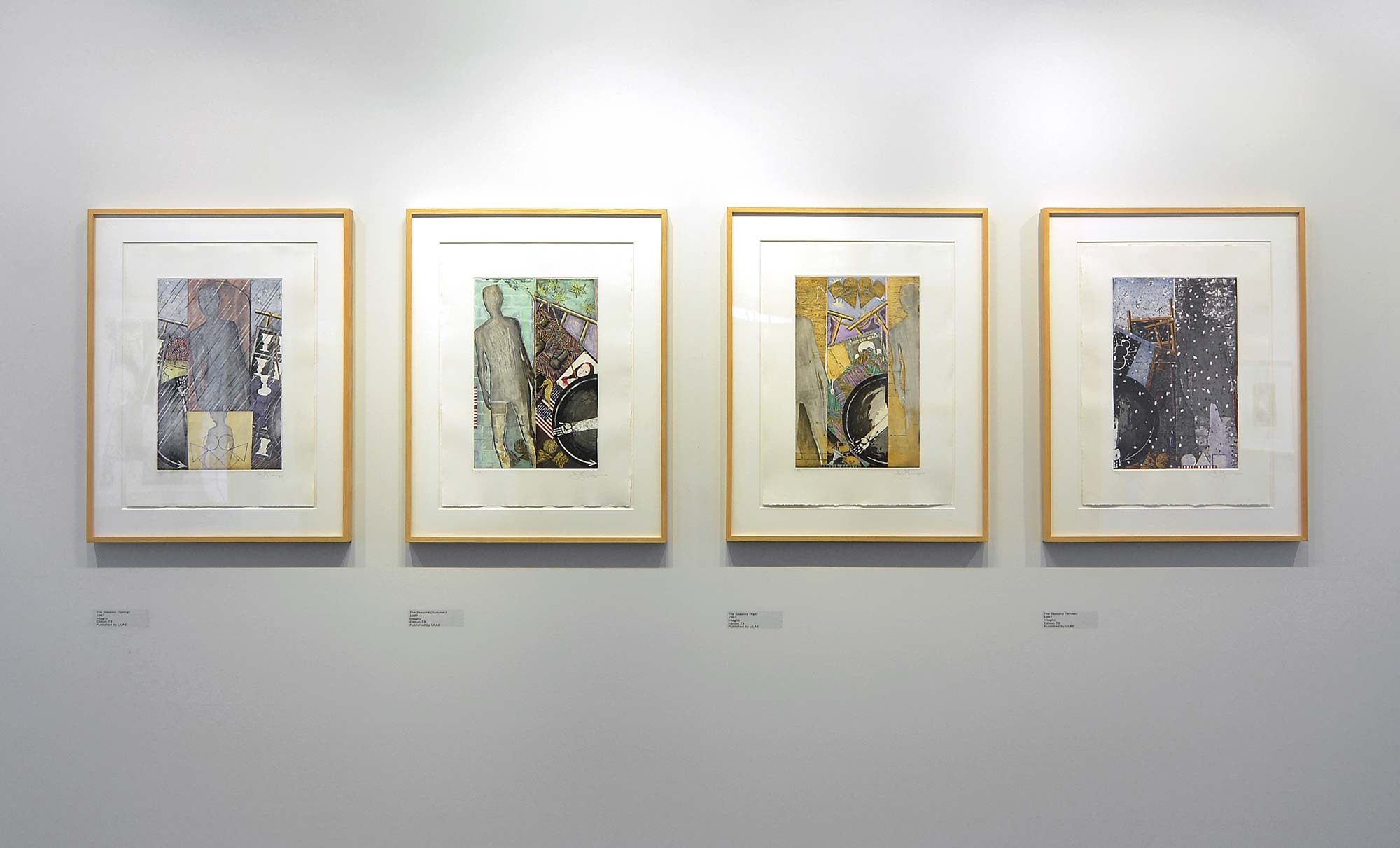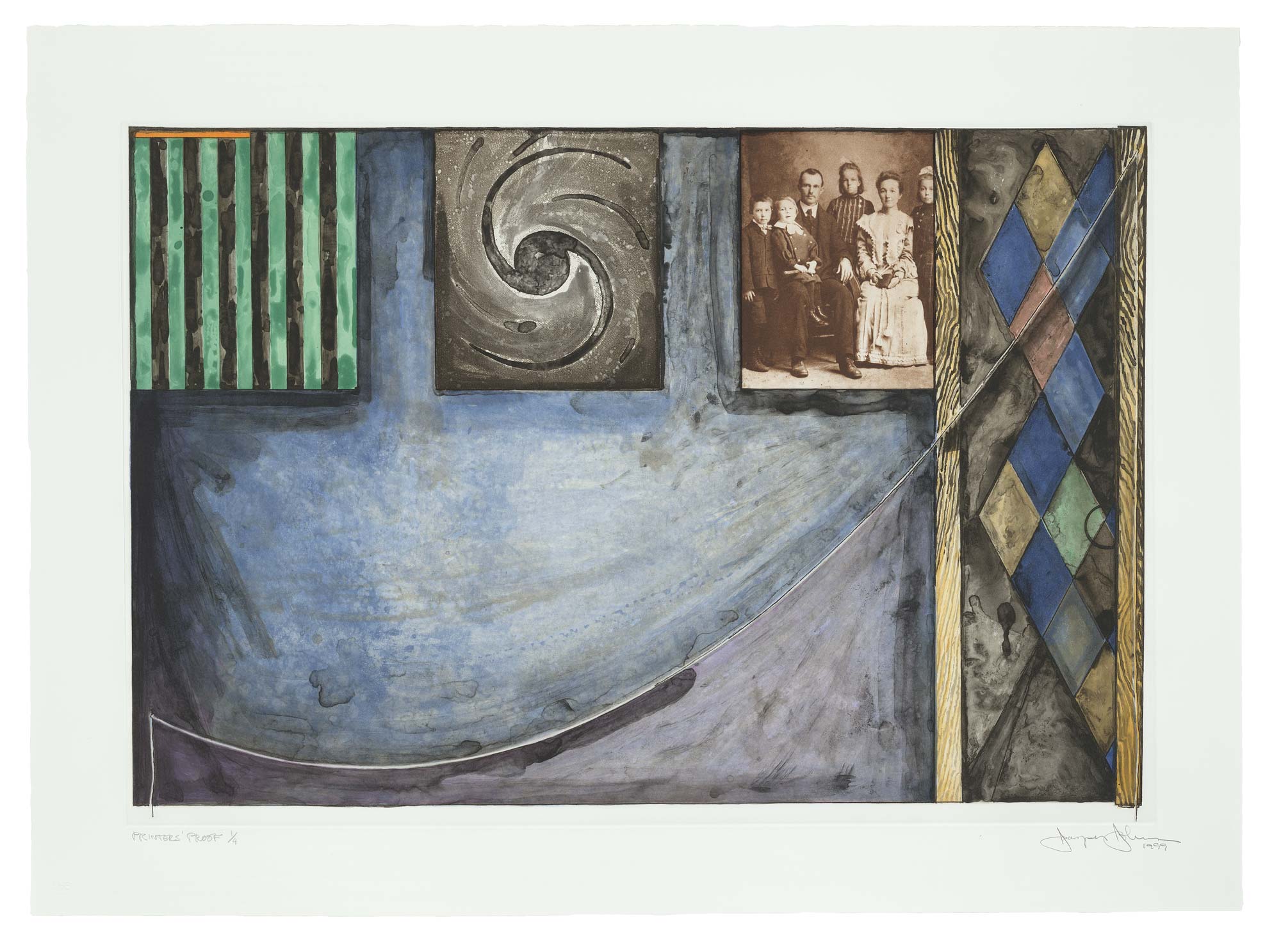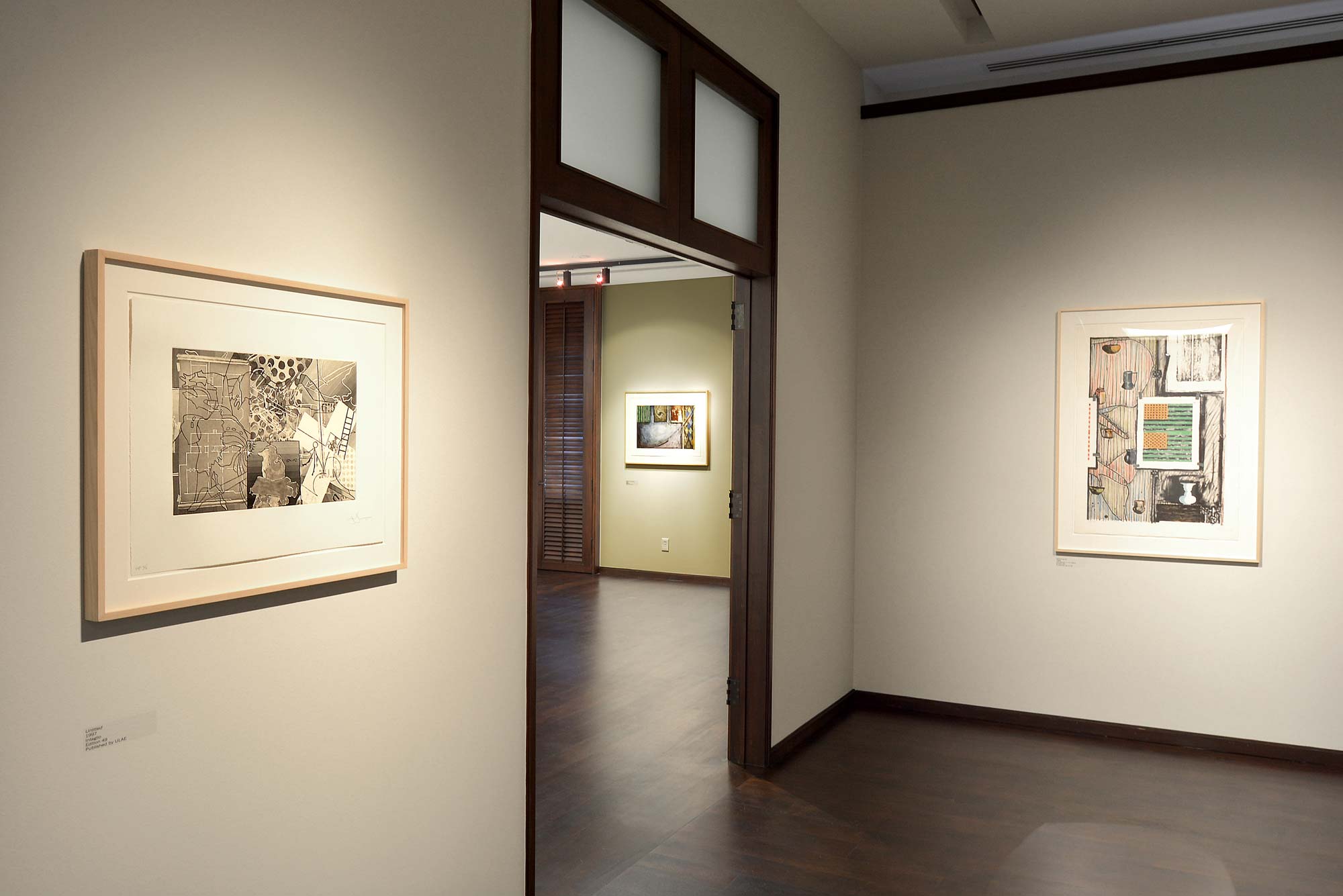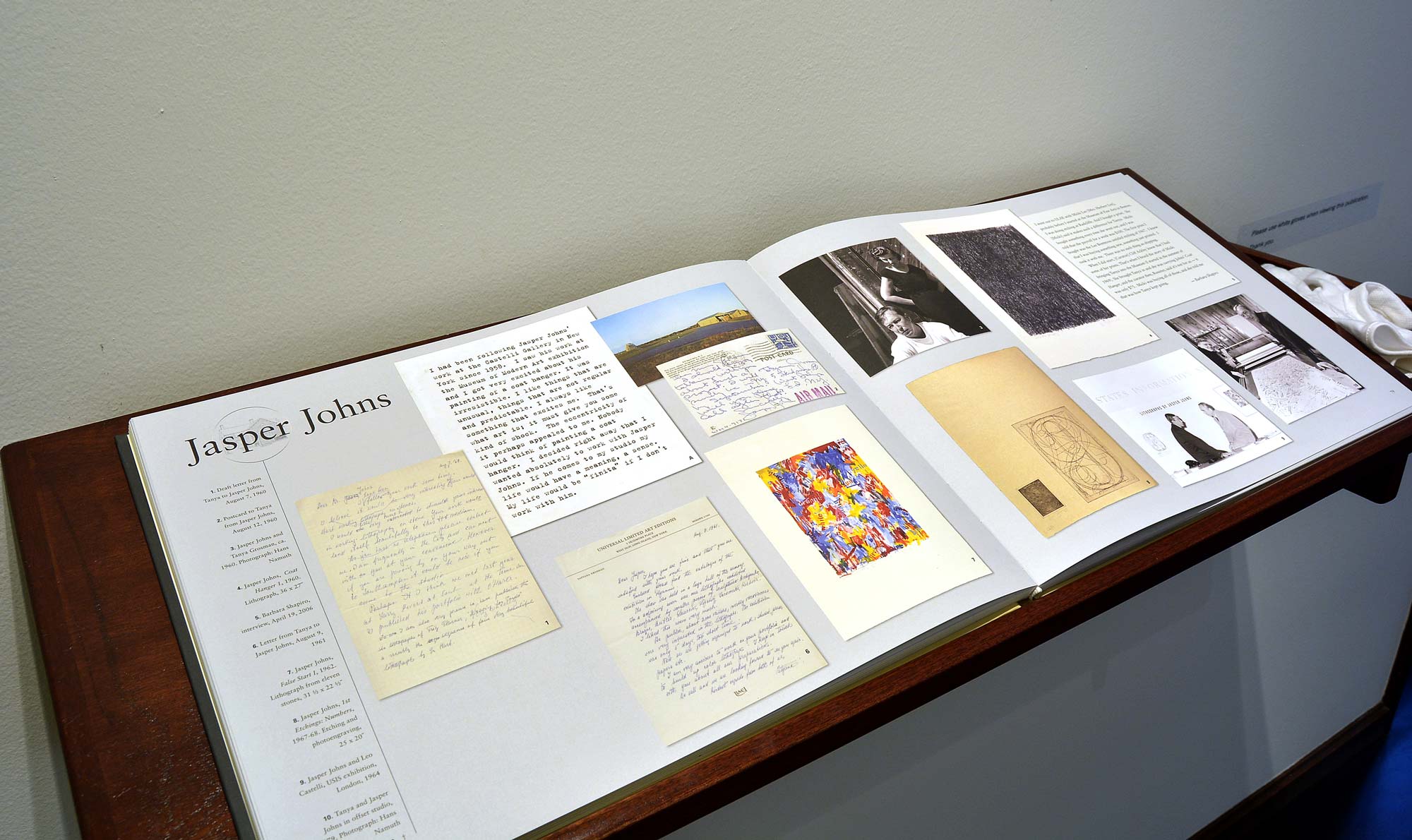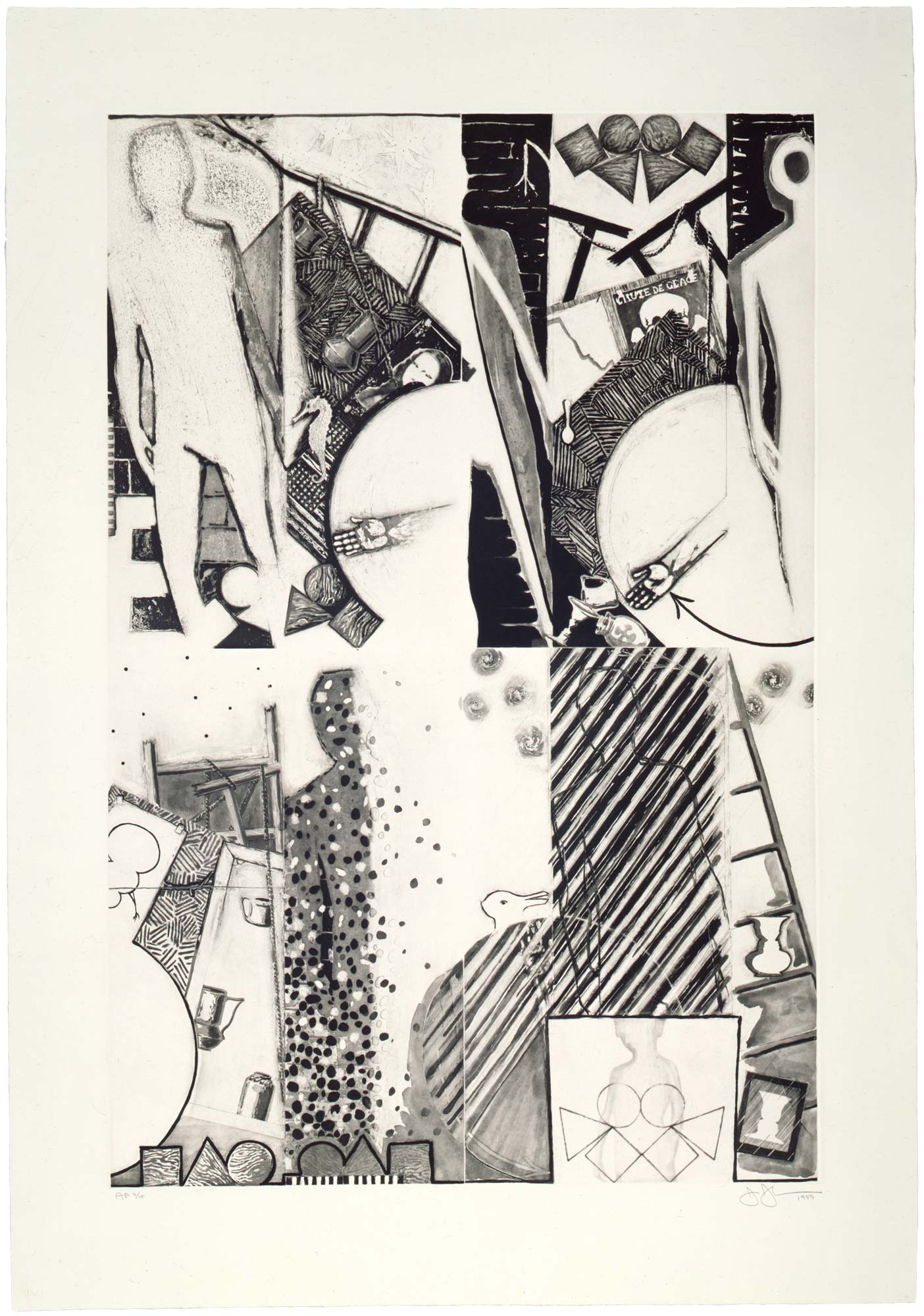Visitor Information
This exhibition is now closed.
There is no admission fee to visit The Gallery at Windsor. Exhibition visitors are invited to support The Windsor Charitable Foundation with a suggested donation of $10. This gift is tax-deductible and is designated to support local arts education.
About the Exhibition
In a curatorial partnership with the Whitechapel Gallery, London, The Gallery at Windsor opened Shadow & Substance in December 2013, an exhibition by one of the most significant and influential American artists of our time, Jasper Johns.
Shadow & Substance presented a collection of lithographs and etchings created with Universal Limited Art Editions (ULAE) print studio from the 1980’s to the present. The exhibition was curated by Iwona Blazwick OBE, Director of Whitechapel Gallery and Bill Goldston of ULAE in partnership with The Hon. Hilary M. Weston and the artist.
In dialogue with the artist Robert Rauschenberg and his friends the composer John Cage and choreographer Merce Cunningham, Johns evolved a new language in art in the 1960’s. As all four artists became immersed in dance and performance, the body itself entered Johns’ work, at first as fragments, but more recently the whole body appeared as a shadow or silhouette flitting through his lithographs and etchings. Johns’ prints overlay images and textures to stress process, and at the same time reflect the way our consciousness overlaps memory and perception.
In 1960, Russian émigré Tatyana Grosman invited Johns to transform his legendary painting into an equally radical work on paper. As co-founder of ULAE with her husband Maurice Grosman, Tatyana invited a host of young artists to the modest cottage on Long Island that was ULAE headquarters. As one artist recommended another, the ULAE press came to make prints with some of the most important artists in the world. Today, ULAE continues to make prints with living artists that are held in major museum collections.
About the Artist
Born in Augusta, Georgia in 1930, Jasper Johns is an iconic American artist who came to define the period between Abstract Expressionism and Pop Art. Johns left his course of study at the University of South Carolina after one year and moved to New York in 1949. While in New York, he met Robert Rauschenberg, Merce Cunningham and John Cage. Along with the work of his close friend, Rauschenberg, Johns’ sculptural paintings and readymades signified the resurgence of Marcel Duchamp’s influence upon contemporary art. Their Neo-Dada works, which blended cultural imagery – signs, maps, and targets – paralleled the advancements made by Pop artists like Andy Warhol.
In Flag (1954–1955), perhaps Johns’ most famous work – a collage of paper, encaustic oil, and fabric – Johns makes a formal abstraction from the American stars and stripes while also muting its power. “I think that one wants from a painting a sense of life,” the artist mused. “The final suggestion, the final statement, has to be not a deliberate statement but a helpless statement. It has to be what you can’t avoid saying.”
Johns was awarded the Golden Lion at the Venice Biennale in 1988, and the Presidential Medal of Freedom in 2011. He currently lives and works in Sharon, CT. The artist’s works are held in the collections of Art Institute of Chicago, The Museum of Modern Art in New York, the National Gallery of Art in Washington, D.C., and the Tate Gallery in London, among others.
Publication
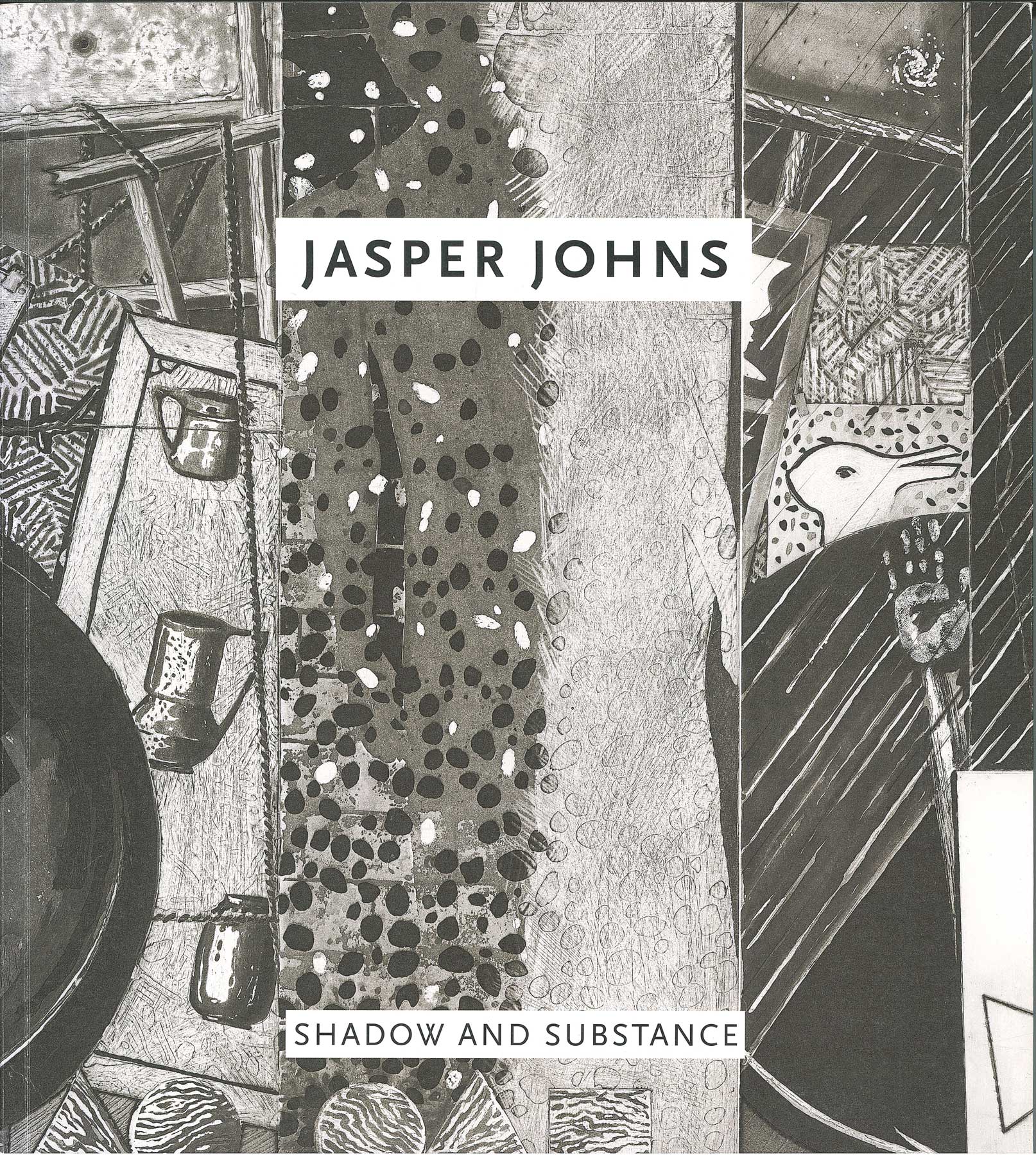
Jasper Johns
Shadow and Substance
ISBN: 978–0–85488–227–4, softback, 104 pages, 280 x 250 mm, published by Whitechapel Gallery, 2013.
Overview
The latest curatorial partnership between Whitechapel Gallery, London and The Gallery at Windsor features one of the most significant and influential American artists of our time, Jasper Johns.
In dialogue with the artist Robert Rauschenberg and his friends the composer John Cage and choreographer Merce Cunningham, Johns evolved a new language in art in the 1960s. As all four artists became immersed in dance and performance, the body itself entered Johns’ work, at first as fragments, but more recently the whole body appeared as a shadow or silhouette flitting through his lithographs and etchings. Johns’ prints overlay images and textures to stress process, and at the same time reflect the way our consciousness overlaps memory and perception.
This publication features an essay by Iwona Blazwick 0–9 uses of the body, in which Johns’ interest in the body is explored through ideas such as form, sign, being, performance, memory and icon. The illustrated plate section contains all 30 works in the exhibition. There is a Q&A between Candy Stobbs and Director of ULAE, Bill Goldston which looks at the historic art of printmaking and the longstanding creative relationship between Jasper Johns and ULAE. Also included is a section of archival images from ULAE which includes historic portraits of Jasper Johns and his contemporaries.
